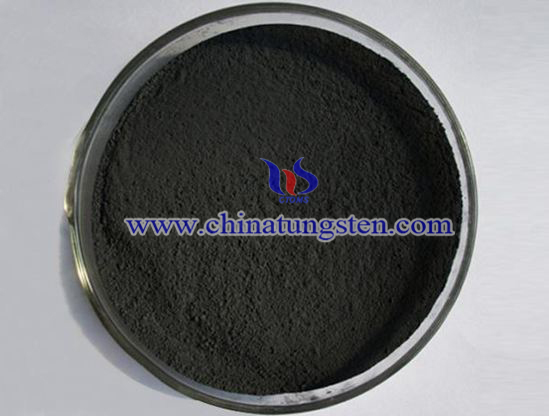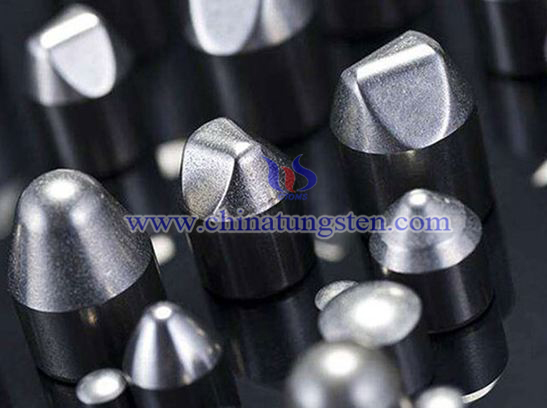Tungsten Compound Carbide Powder
Carbide usually refers to the binary compound composed of metal or nonmetal and carbon. Such as calcium carbide (CaC2, commonly known as calcium carbide), chromium carbide (Cr4C3), tantalum carbide (TaC), vanadium carbide (VC), zirconium carbide (ZrC), tungsten carbide (WC), etc., the melting point and hardness of general metal carbides are very high.
Compound carbides are carbides that are not a type of phase composition, such as (Ti, W, Ta)C. The tungsten compound carbide powder referred to in the industry is generally used as an additive to cemented carbide, and the choice of metal is mainly WC. According to different uses, it is supplemented with different proportions of TiC, TaC, NbC, etc. to change the performance of cemented carbide. Because the high-temperature hardness of composite carbides is very good, it can improve the life of continuous cutting tools. According to the field of application of composite carbides, it can be divided into CK materials, tantalum and niobium solid solutions, and cermet composite carbides.

The high hardness, high strength, high temperature resistance, wear resistance and corrosion resistance of cemented carbide have been more and more widely used in tool manufacturing. When the WC grain reaches the ultra-fine grain stage, it can achieve high strength and high hardness at the same time. However, the smaller the WC grains, the higher the surface activity energy, and the greater the grain boundary density. During the sintering process, the WC grains grow and are prone to grain coarsening, which affects the comprehensive performance of the cemented carbide. As a cutting tool material, the comprehensive performance needs to be improved, and the grain growth has always been an important factor considered in the research and development and production of ultrafine cemented carbide. Adding complex carbides (W, Ti, Ta) C can improve the oxidation resistance, hardness, wear resistance and thermal stability of the alloy, and improve the wear resistance. The addition of Cr3C2 and WC to the alloy can refine the grains, and the addition of Cr3C2 is beneficial to the flexural strength of the alloy. In WC-Co alloy, the binder phase Co can absorb a large amount of energy and prevent crack growth, and the Co content has an important influence on the performance of cemented carbide. The main effects of compound tungsten carbide powder on alloy formation are as follows:
(1) With the increase of complex carbides, the hardness of the alloy increases, and the flexural strength and coercive force decrease; while the Co content increases from 6% to 8%, the hardness and coercive force of the alloy decrease, and the flexural strength increases.
(2) The superfine cemented carbide WC-6%Co-2% (W, Ti, Ta) C prepared under pressure sintering at 1390°C has a coercive force of 45.39kA•m-1, a hardness of 94.0HRA, and a bending resistance The strength is 2 280 MPa; the superfine cemented carbide WC-8%Co-2% (W, Ti, Ta) C has a coercive force of 37.4kA•m-1, a hardness of 93.4HRA, and a bending strength of 2670MPa; On this basis, a small amount of Cr3C2/VC is added, and the comprehensive performance is further improved. The coercive force is 38.2 kA•m-1, the hardness is 93.6HRA, and the bending strength is 2780MPa.
(3) The TEM image of WC-8%Co-2% (W, Ti, Ta) C-0.5% (Cr3C2/VC) shows that the grain size of the alloy is between 200 and 300 nm, reaching the ultrafine grain level, The Co phase retains part of the high-temperature fluid state and fills between the WC grains.
(4) Through micro-area energy spectrum analysis, it is found that the inhibitor element exists in the form of dissolution in the binder phase Co, and the inhibition mechanism is more in line with the dissolution theory.

If you have any interest in tungsten carbide powder, please feel free to contact us by email: sales@chinatungsten.com or by telephone: +86 592 5129696.
More info>>
